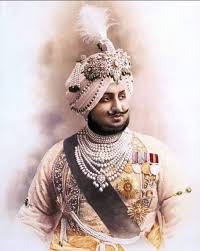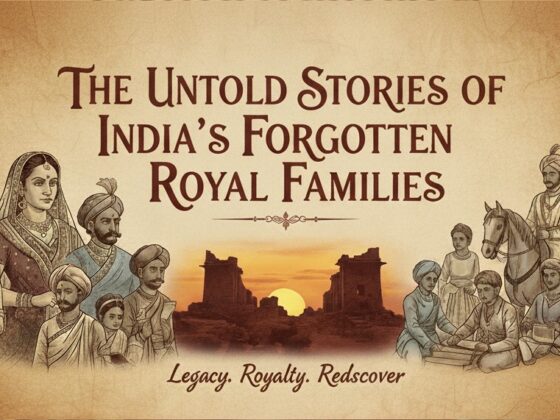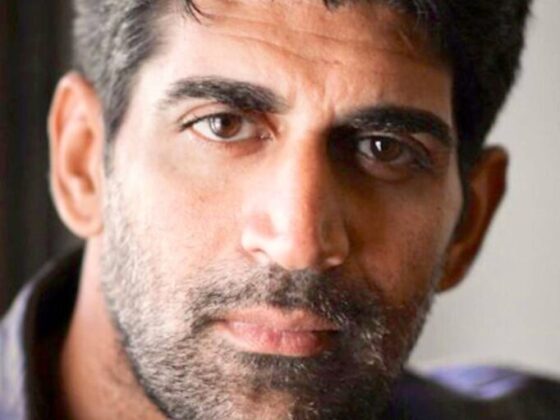Maharaja Bhupinder Singh: The Modernizer of Patiala

Introduction
Maharaja Bhupinder Singh of Patiala (1891–1938) was a visionary ruler who reshaped Patiala through modernization, infrastructural advancements, and progressive policies. His reign marked an era of transformation, where Patiala evolved into a center of education, military strength, and diplomatic influence. As one of the most prominent princely rulers in British India, he left a legacy that still echoes in the region’s development.
Early Life and Ascendancy to the Throne
Born in 1891, Maharaja Bhupinder Singh ascended the throne of Patiala in 1900 at the young age of nine. Under the regency of British officials and advisors, he received a robust education, which equipped him with the knowledge and leadership skills to lead his state into a modern era. By the time he assumed full power in 1910, he was determined to make Patiala a model princely state.
Modernization of Patiala
Infrastructure Development
Maharaja Bhupinder Singh initiated numerous infrastructure projects that laid the foundation for modern Patiala. His contributions included:
- Improved Roads and Railways: Enhancing connectivity within and beyond the state.
- Urban Development: Establishing well-planned cities with proper sanitation and housing.
- Hydraulic Projects: Introducing irrigation systems to boost agriculture.
Advancement in Education
Recognizing the importance of education, the Maharaja promoted academic institutions that elevated the literacy rate and intellectual growth of Patiala. Notable contributions included:
- Establishment of Mahindra College and various schools across the state.
- Encouraging female education, which was rare during his time.
- Patronizing higher studies and vocational training centers.
Health and Public Welfare
Maharaja Bhupinder Singh was also known for his initiatives in healthcare and social welfare:
- Construction of hospitals and dispensaries.
- Introduction of modern medical practices in the state.
- Implementation of sanitation measures to improve public health.
Military Reforms and Contributions to World War I
Maharaja Bhupinder Singh played a crucial role in strengthening the Patiala State Forces and was a prominent supporter of the British during World War I. His efforts included:
- Contributing soldiers to the British war effort.
- Modernizing military training and facilities in Patiala.
- Establishing Patiala Aviation and promoting air force training.
For his unwavering support, the British honored him with prestigious titles and recognition, further cementing his influence in Indian politics.
Sports Patronage and Cultural Renaissance
An ardent sports enthusiast, Maharaja Bhupinder Singh was instrumental in promoting sports, especially:
- Cricket: He founded the Patiala Cricket Team and played a key role in India’s cricket history.
- Polo, Hockey, and Wrestling: Encouraged these sports at national and international levels.
- The Patiala Necklace and Jewelry Collection: His passion for luxury and arts led to the creation of stunning jewelry, including the world-famous Patiala Necklace by Cartier.
Diplomatic Influence and Role in Indian Politics
Maharaja Bhupinder Singh’s diplomatic acumen was reflected in his leadership roles, including:
- Chancellor of the Chamber of Princes (1926–1931), where he advocated for the rights of princely states.
- His negotiations with the British Government to ensure autonomy and privileges for Indian rulers.
- Advocating for a balanced approach between the Indian Nationalist Movement and the British administration.
Conclusion
Maharaja Bhupinder Singh was more than just a ruler; he was a progressive leader who transformed Patiala into a beacon of modernization, sports, diplomacy, and education. His contributions continue to be remembered as a testament to his visionary leadership. Even today, Patiala reflects the grandeur of his era, making him a true modernizer of Patiala and a revered figure in Indian history.








